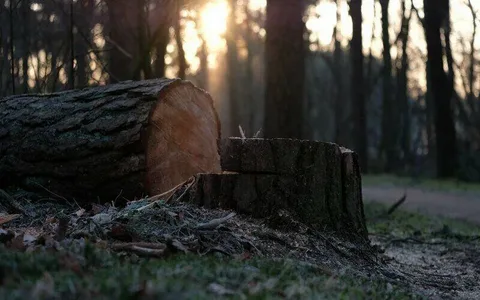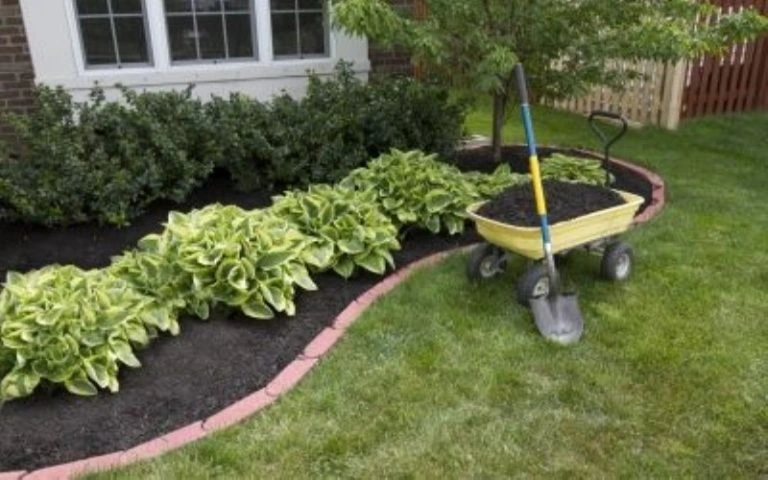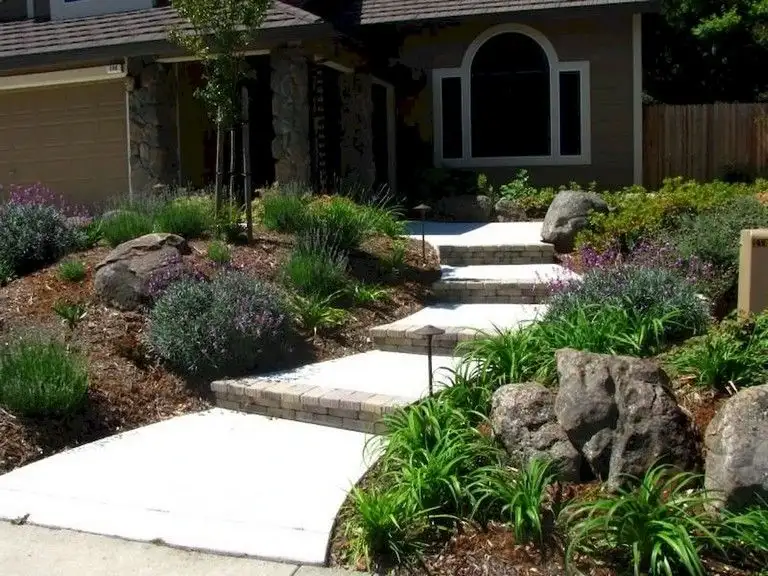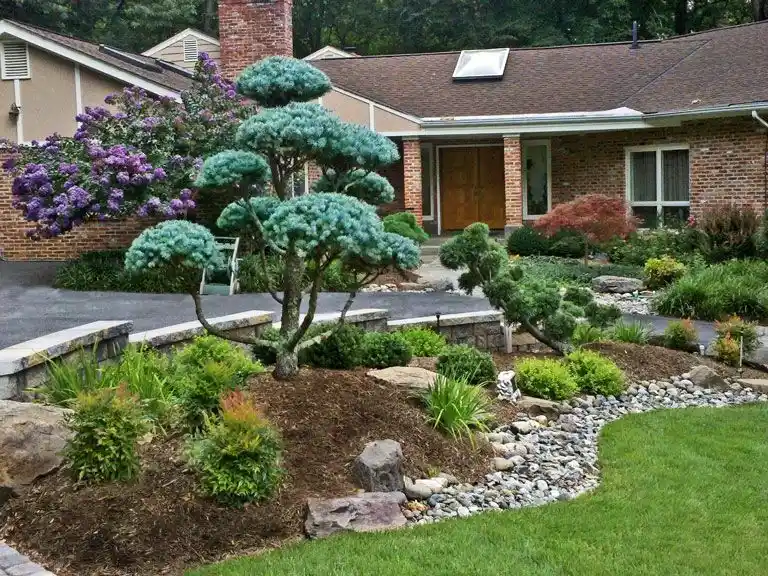Removing trees from a landscape can sometimes be necessary for safety, aesthetics, or promoting better plant growth. However, cutting down a trees leaves an empty space that can affect the overall balance and beauty of the landscape. To maintain an appealing outdoor environment, it’s essential to replace removed trees with suitable landscaping alternatives. Thoughtful planning can help restore greenery while enhancing the visual and functional aspects of the space.
After removing a tree, selecting the right replacement plants depends on the purpose of the landscaping. If shade is needed, consider planting smaller, well-placed trees that do not grow excessively large, such as Japanese maple or crepe myrtle. If the goal is to add color and variety, flowering shrubs like hydrangeas or azaleas can create a visually appealing garden. For a low-maintenance alternative, ornamental grasses or drought-resistant plants like lavender and succulents can provide greenery without requiring frequent care.

Incorporating native plants and sustainable landscaping practices can further enhance the environmental benefits of your garden. Utilizing pergolas or vertical gardens can add structure and additional greenery to the space. Additionally, creating wildlife-friendly gardens with pollinator plants and water features can attract local fauna, promoting biodiversity.
By thoughtfully selecting and arranging plants, and integrating modern landscaping trends, you can transform the void left by a removed tree into an opportunity to rejuvenate and enhance your outdoor space.





